
Fernand Joseph Désiré Contandin, better known as Fernandel, was a French comic actor. Born in Marseille, France, to Désirée Bedouin and Denis Contandin, originating in Perosa Argentina, a town located in the province of Turin, Italy, he became a comedy star, first gaining popularity in French vaudeville, operettas, and music-hall revues. His stage name originated from his marriage to Henriette Manse, the sister of his best friend and frequent cinematic collaborator Jean Manse. So attentive was he to his wife that his mother-in-law amusingly referred to him as Fernand d'elle.

Fernando Arrabal Terán is a Spanish playwright, screenwriter, film director, novelist, and poet. He was born in Melilla and settled in France in 1955. Regarding his nationality, Arrabal describes himself as "desterrado", or "half-expatriate, half-exiled".
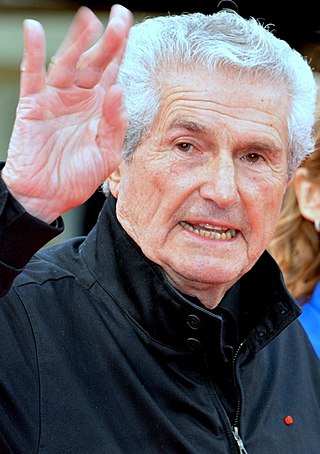
Claude Barruck Joseph Lelouch is a French film director, writer, cinematographer, actor and producer. Lelouch grew up in an Algerian Jewish family. He emerged as a prominent director in the 1960s. Lelouch gained critical acclaim for his 1966 romantic melodrama film A Man and A Woman. At the 39th Academy Awards in 1967, A Man and a Woman won Best Original Screenplay and Best Foreign Language Film. Lelouch was also nominated for Best Director. While his films have gained him international recognition since the 1960s, Lelouch's methods and style of film are known for attracting criticism.

Jules Shungu Wembadio Pene Kikumba, known professionally as Papa Wemba, was a Congolese singer and musician who played Congolese rumba, soukous, and ndombolo. Dubbed the "King of Rumba Rock", he was one of the most popular musicians of his time in Africa and played an important role in world music. He was also a fashion icon who popularized the Sape look and style through his musical group Viva la Musica, with whom he performed on stages throughout the world.
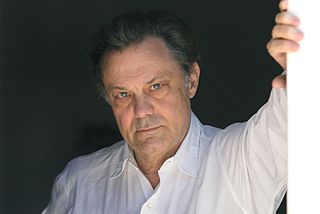
Philippe Caubère is a noted French film actor, writer and producer.

Yves Robert was a French actor, screenwriter, director, and producer.
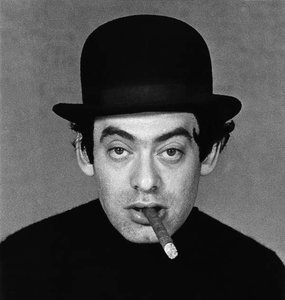
Roland Topor was a French illustrator, cartoonist, comics artist, painter, novelist, playwright, film and TV writer, filmmaker and actor, who was known for the surreal nature of his work. He was of Polish-Jewish origin. His parents were Jewish émigrés from Warsaw, Poland. He spent the early years of his life in Savoy, where his family hid him from the Gestapo.
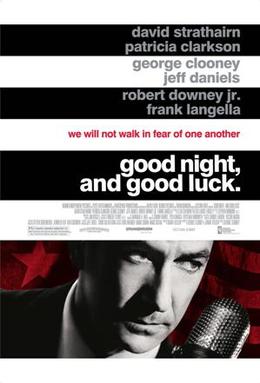
Good Night, and Good Luck is a 2005 historical drama film about American television news directed by George Clooney, with the movie starring David Strathairn, Patricia Clarkson, Jeff Daniels, Robert Downey Jr., and Frank Langella as well as Clooney himself. The film was co-written by Clooney and Grant Heslov, and it portrays the conflict between veteran journalist Edward R. Murrow (Strathairn) and U.S. Senator Joseph McCarthy of Wisconsin, especially relating to the anti-communist Senator's actions with the Senate Permanent Subcommittee on Investigations.

Vladimir Cosma is a Romanian composer, conductor and violinist, who has made his career in France and the United States.
Panic Movement was an art collective formed by Fernando Arrabal, Alejandro Jodorowsky, and Roland Topor in Paris in 1962. Inspired by and named after the god Pan, and influenced by Luis Buñuel and Antonin Artaud's Theatre of Cruelty, the group concentrated on chaotic and surreal performance art, as a response to surrealism becoming mainstream.

Dracula and Son is a 1976 French comedy horror film directed and written by Édouard Molinaro. The film is about a vampire father and son. Christopher Lee reprises his role as Count Dracula from the Hammer Films Dracula film series.

She Killed in Ecstasy is a 1971 West German-Spanish erotic thriller film directed by Jesús Franco. The film's plot borrows elements from previous Franco films Miss Muerte and Venus in Furs. The film's productions staff includes many cast members and nearly the same crew as his previous film Vampyros Lesbos.

The 24th Cannes Film Festival was held from 12 to 27 May 1971. The Palme d'Or went to The Go-Between by Joseph Losey.
Roger Frappier is a Canadian producer, director, editor, actor, and screenwriter.
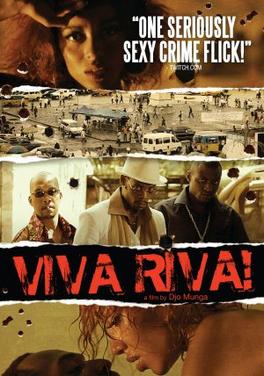
Viva Riva! is a 2010 Congolese crime thriller film written and directed by Djo Tunda Wa Munga. Starring Patsha Bay, Manie Malone, Fabrice Kwizera, Hoji Fortuna, Marlene Longage, Alex Herabo & Diplôme Amekindra, the film received 12 nominations and won 6 awards at the 7th Africa Movie Academy Awards, making it the most awarded film in the history of the AMAA's up to that date.
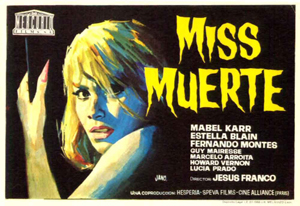
The Diabolical Dr. Z is a 1966 horror film directed by Jesús Franco. The film stars Mabel Karr as Irma Zimmer, a surgeon who creates a machine that turns people into zombified slaves. Ms. Zimmer is the daughter of a Professor Zimmer, who was hounded to his death several years earlier by four of his scientific associates. Zimmer uses the machine to control an erotic dancer named Miss Muerte who uses her long poison-tipped fingernails to murder the people Ms. Zimmer holds responsible for her father's death.

The Book of Life is a 2014 American animated fantasy adventure comedy film directed by Jorge R. Gutierrez in his feature directorial debut and written by Gutierrez and Doug Langdale. It was produced by 20th Century Fox Animation, Reel FX Animation Studios, and Chatrone, and distributed by 20th Century Fox. Guillermo del Toro, Brad Booker, Aaron D. Berger, and Carina Schulze produced the film. It features the voices of Diego Luna, Zoe Saldana, and Channing Tatum, with supporting roles from Ice Cube, Ron Perlman, Kate del Castillo, and Christina Applegate. Based on an original idea by Gutierrez, the film tells the story of a bullfighter who embarks on an afterlife adventure to fulfill the expectations of his family and friends on the Day of the Dead.

I Will Walk Like a Crazy Horse is a 1973 French surreal drama film directed by Fernando Arrabal. The film first released on November 22, 1973 in France and stars George Shannon as an epileptic man who, falsely suspected of murdering his mother, flees to the desert where he meets a hermit and brings him back to the city where the hermit becomes a circus performer.
















